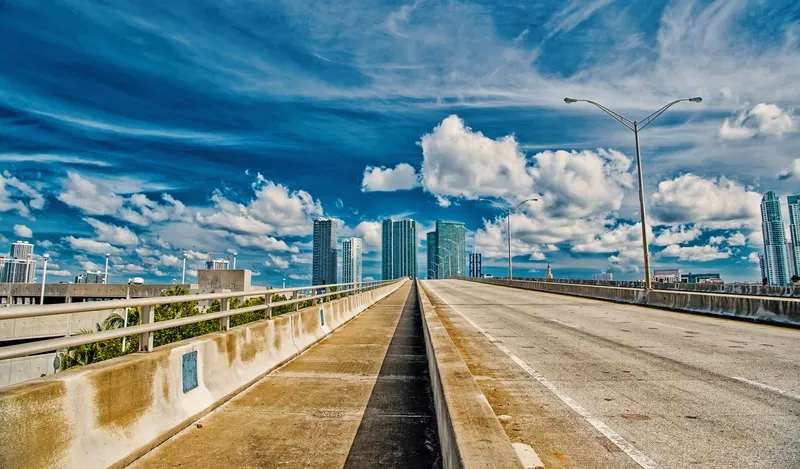
Free evaluation and testing of transportation systems and products might seem too good to be true - but it isn’t. Colin Sowman reports.
Texas A&M University is offering to host transport technology demonstrations and research projects free of charge at its Main and newly-renamed Rellis campuses. The initiative’s aim is to encourage those with technologies that could improve transportation to bring their products, systems and ideas to Texas A&M’s campus where they can be evaluated, tested and demonstrated. Also, by bringing multiple ideas and products together in the same location, the university expects that synergies can be developed between the technologies and modes. The initiative is being led by the
Identified through an RFI process, the main aim for Texas A&M is to develop a smarter campus transportation eco-system and increase safety, mobility, throughput and efficiency across all transportation modes. In order to achieve that goal it is looking for technologies, ideas and products that could be offered for pilot demonstration or proof-of-concept projects for campus transport, as well as research opportunities ready for test-bed deployment.
The campus provides real-world test beds within a controlled environment as well as access to the faculty, research staff and students. An initial call has met with 12 responses representing 23 companies ranging from multi-national to entrepreneurs. These are currently being evaluated by a selection panel with the goal of starting deployments in the fall.
TTI and Texas A&M has full-scale facilities to support the initiative across the 5,200 acres of campus including campus vehicle fleets, test tracks, rail-highway grade crossings and intersections as well as more than 59,000 students and 15,000 staff. The ultimate goal is to foster innovations across campus and transfer them to the rest of the transportation system.
There is also the potential for companies needing test-bed environments to use Texas A&M’s laboratory and field test beds across the campus to test and refine products in a controlled controlled environment.
Access to the combined expertise of the faculty, staff and students is available to all participating companies and organisations.
Potential project areas include automated, connected and electric vehicles, parking, signage and markings, data mining and analytics, apps, sustainable transportation and incentive programs, smart intersections and transportation as a service, pedestrian and bicycle mobility and safety, work zones and last mile shuttles.
Two projects are already underway – evaluation of a new a solar luminescent bicycle lane marking system and drive cycle analysis on the campus bus fleet.
An unsignalised intersection on the campus that experiences high pedestrian, bicycle and vehicle volumes is being reconstructed in order to evaluate the cycleway marking. In place of the normal green paint used to demark cycle lanes, an illuminating green pavement marking is being trialled. This keeps the pathways visible at night by storing solar energy through the day and emitting light during the hours of darkness.
The project also includes the realignment of a parking lot entrance and features the implementation of a Dutch junction which increases protection for cyclists by moving them in front of vehicles at the intersection. The key to its design is the islands at the intersection corners which separate cars from the cyclists turning right and move cyclists travelling straight ahead into the view of automobiles and away from the drivers’ blind spots. This is the first intersection of this design in the US.
A second project is currently underway is in cooperation with the US Environmental Protection Agency (EPA) and is designed to study the drive cycles of Texas A&M University’s 92-vehicle bus fleet which serves the campus and surrounding areas. The research team is using a portable activity measurement system that plugs into the vehicle and monitors certain data (speed, RPM, load and other parameters) along with GPS information. That data is then processed in order to analyse the drive cycles across the bus fleet to find system efficiencies and look for reductions in emissions.
Texas A&M’s offer of free demonstrations and trials of selected technology is ongoing (open through August 2017) and the University said it is still looking for more contenders both from US based companies and abroad.









